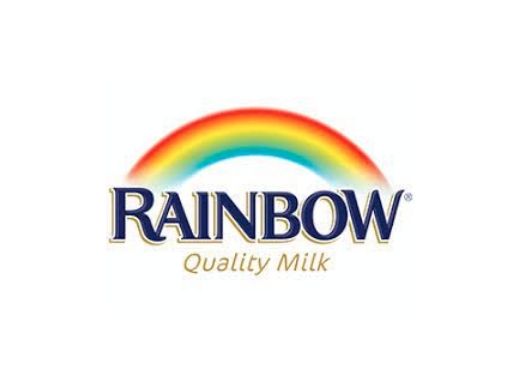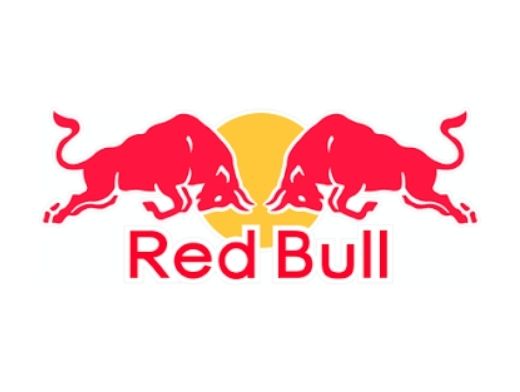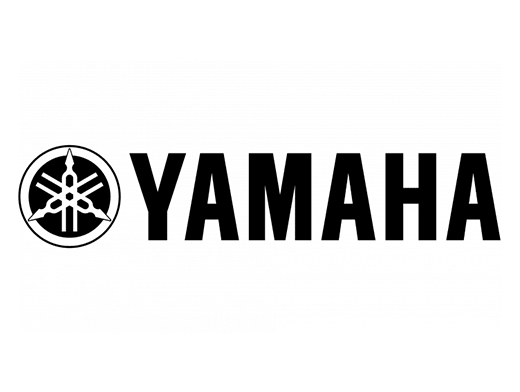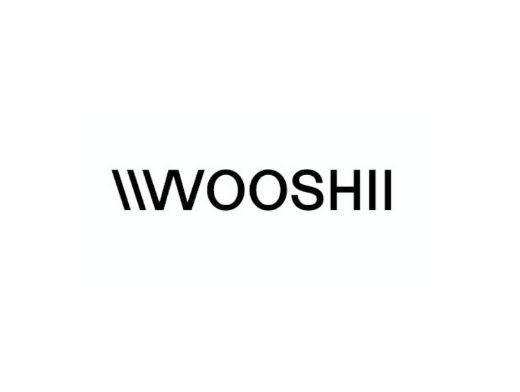In a film, all sensory aspects interact to generate a mood, ambience, tone, and sensation. Audiences interpret and relate this narrative to their feelings and experiences using these components. When a solid piece of dialogue or a well-timed music swell isn't enough to convey a specific feeling, cinematic techniques such as the Dutch angle come into play.
Dutch Angles in Film: What Are They?
Dutch angles, also known as the Dutch tilt, canted angles, or oblique angles, are camera tilts that use the X-axis to create a disorienting or unpleasant sensation in a picture. The filmmaker can convey that something is off-kilter in the scene, accentuate a character's "crookedness," or create an uncomfortable mood or sense of instability by skewing the camera angle diagonally.
A Quick Overview of Dutch Angle in Filmmaking
The Dutch (formerly "Deutsch") angle camera technique was first used by German filmmakers in the early twentieth century for dramatic effect. Dziga Vertov, a Ukrainian director, first employed the unusual camera shot in his experimental documentary Man with a Movie Camera in 1929. The Dutch perspective was valuable to German Expressionists of the time who sought to make their films about post-World War I gloomy mental states and emotions.
In the late 1930s, Hollywood films such as The Bride of Frankenstein, Citizen Kane, and The Maltese Falcon began to feature the Dutch perspective. Modern-day filmmakers like Tim Burton, Christopher Nolan, and Spike Lee continue to employ the canted perspective to elicit feelings of fear, unease, or tension in their audiences.
The Dutch Angle's Influence
A Dutch perspective gives viewers the impression that something isn't quite right, or that something terrible is lurking just ahead. This camera angle might provide the impression of disorientation, insanity, or unbalance. Dutch angles heighten tension, instil fear, and amplify unease.
6 Dutch Angles Examples
Filmmaking, television shows, video games, and other kinds of visual media all use Dutch angle shots. Some well-known Dutch angles are as follows:
1. In the restaurant scene where Ethan Hunt (Tom Cruise) understands he's become the target in Mission Impossible (1996), the skilful use of the Dutch angle is demonstrated.
2. Citizen Kane (1941): In the legendary "campaign promises" sequence, Orson Welles used a Dutch perspective to show corrupt politician Charles Kane giving a political address to an audience in this classic film.
3. The film Fear and Loathing in Las Vegas (1998): This movie is based on the novel Fear and Loathing in Las Vegas by Thomas Harris Fear and Loathing in Las Vegas' wide vistas and Dutch angles make for a particularly unsettling experience, given the film's concept of drugs and their effects.
4. Do the Right Thing (1989): Because of the tilted camera perspective in Do the Right Thing, the tension is obvious as Buggin' Out, Radio Raheem, and Smiley walk inside a diner to face Sal. The tilted camera position is used by legendary director Spike Lee to warn the audience of approaching violence.
5. Inception (2010): Dreams vs. Reality is a central subject in Inception. Many Dutch tilts are used throughout the picture, contributing to the overall sensation of uncertainty and instability that the audience, as well as the individuals on-screen, feels.
6. Batman (1960s): In the 1960s live-action Batman TV series, villains such as The Penguin and The Joker were frequently shown in a Dutch Angle frame to heighten their crookedness and instability.
4 Things to Remember When Using Dutch Angles
Check out these recommendations on how to best use the angle in your work once you've discovered the moment(s) in your screenplay that would benefit from a Dutch angle camera shot:
1. Know the Right Time to Use the Tilt: Because camera tilt can give any scene an unpleasant atmosphere, it's crucial to know when to use it. Determine the exact emotion you want to elicit. Are you preparing for an action scene with the good guys by boosting the stakes? Or are you hinting at a tyrant in the making?
2. Select the depth of field you want to use. When shooting with a tilted camera, the depth of your shot is equally crucial. Close-up Dutch angles can make you feel claustrophobic—no there's getting away from them.
3. Set the camera at a specific angle. A low-angle tilt in a scene might give the impression that a crooked main character is looming over the audience, giving them power. A scenario shot with a high-angle tilt can make a character appear weak by reducing their power.
4. Use When You Think It Is Necessary: When you overdo Dutch angles, audiences will notice. These moments should be saved to trigger certain emotions rather than being used to "be creative" in your normal photos.
Film District UK is an award-winning and creative film and video production company in the UK. The company started operations in Dubai and Mumbai in 2010. Film District UK is a Video Production Company that specializes in video production, film production, corporate video production, promotional video production, commercial and music video production, live event video streaming, live event video production, virtual event video production, social media video production, testimonial video production and animated explainer video production.











































